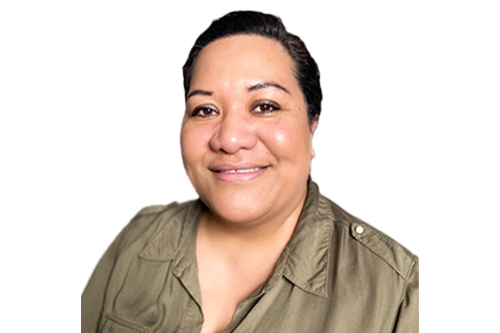

As the risks around health, property damage, natural disasters and other types of losses become increasingly predictable, insurers have been moving from a ‘reactive’ to a ‘preventative’ approach - however, one insurer says this can be developed even further, and insurers should be making more use of the vast amounts of data that they hold.
Kato’one Kaho (pictured), digital delivery manager at AA Insurance, said that insurers hold significant amounts of data on people’s habits and risk profiles, and this can be utilised to create both a strong risk mitigation strategy, and a smoother claims experience.
“As insurance companies, we have so much information about people,” Kaho said.
Read more: Data analytics ‘the Holy Grail’ in insurance
“We’re going into a time where we have smart cars, smartphones, etc., and all of these things are really critical to our customers, and they can also help them to have a better claims experience.”
“We have access to so much information, but we can actually start being more proactive in terms of preventative measures,” she explained.
“We can tell a customer that someone with their type of house, or someone living in a certain area that might be a flood zone - they’re more at risk, so here are the measures they can take. As insurance companies, we probably need to consider thinking about things that way more often. It’s great to be the ambulance at the bottom of the hill, but we also have an amazing opportunity to use all the data that we have.”
Kaho said that insurers can also look outside of their own organisations for information, and should also be looking at investing significantly into their digital channels for customer communication.
“We can also make use of publicly available information to be able to support customers, and help them avoid getting into that ambulance state, because that’s when the stress really starts,” Kaho said.
“We currently have front line staff that manage our online channels, chats, Facebook, email, etc., and we’ve shifted our focus from our contact centre to our digital channels.”
“We’ve since also trained 18 additional staff to manage the workload,” she added.
“On the digital experience and website side, we had to put a lot of focus into supporting our frontline staff, who were getting slammed with work. I know that we’re all after a good customer experience in this industry, and our staff are going over and above.”
